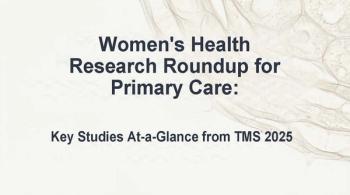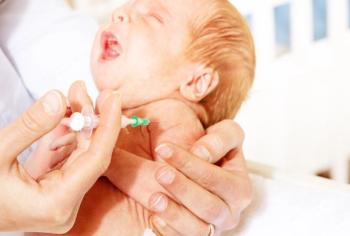
New Report Shows Where Drug Abuse is Most, Least Pronounced in the US
Find out where drug abuse is most pronounced and which states are at greatest risk for associated problems, here.
A new report reveals where drug abuse is most pronounced in the US and which states are at greatest risk for associated problems.
Although the country has been “at war” with drugs since 1971, the challenges have continued to grow and overdose fatalities to climb. According to the
A May 3, 2023, report from
Overall, New Mexico had the highest total score of 71.26 and Hawaii had the lowest score of 22.80.
Teenagers. The state with the highest percentage of teenagers who used illicit drugs in the past month was Vermont and state with the lowest was Texas, with a 3x difference between the two states’ scores. Moreover, California had the highest percentage of teenagers who were offered, sold, or given an illegal drug on school property and North Dakota had the lowest, with a 3x difference between the two.
Adults. Vermont had the highest percentage of adults who used illicit drugs in the past month and Texas had the lowest, with a 3x difference between the best and worst state. The state with the highest percentage of adults with unmet drug-treatment needs—ie, persons who needed but did not receive treatment in the past year—was Nevada and the state with the lowest was Florida, with a 2x difference between the two.
Treatment. Another interesting finding was that Maryland had the most people receiving substance abuse treatment per 1000 drug users and Idaho had the fewest, with a 43x difference between the two. The state with the fewest substance abuse treatment facilities per 100 000 drug users was Nevada and the state with the most was Kentucky.
Deaths. West Virginia and the District of Columbia tied for the most overdose deaths per capita, and Nebraska had the fewest, with an 8x difference between West Virginia and Nebraska.
Arrests. The state with the most drug arrests per capita was South Dakota and the state with the fewest was Massachusetts (best vs worst state: 9x difference).
The report also includes commentary from a panel of drug-addiction experts who were asked a series of 5 questions regarding drug abuse in America. When William Eggleston, PharmD, assistant professor at Binghamton University School of Pharmacy and Pharmaceutical Sciences, clinical toxicologist, SUNY Upstate Medical University, was asked what the most effective measures state and local authorities can take to combat the opioid epidemic, he stated:
“State and local authorities need to support training and resources that help make life-saving medicines like buprenorphine and methadone more available, especially for rural, underserved, and marginalized communities. They also need to make it easier for people to access harm reduction measures, like naloxone and clean syringes. State and local officials should also support conversations and information to decrease stigma.”
Newsletter
Enhance your clinical practice with the Patient Care newsletter, offering the latest evidence-based guidelines, diagnostic insights, and treatment strategies for primary care physicians.
























































































































































































































































































